This is the seventeenth part of the Free to Play Journeyman Hearthstone Guide Series. Be sure to check out the other articles in the series here: Part 1, Part 2, Part 3, Part 4, Part 5, Part 6, Part 7, Part 8, Part 9,Part 10, Part 11, Part 12, Part 13, Part 14, Part 15 and Part 16.
The Confrontation
“Obi-wan never told you what happened to your father.”
“He told me enough. He told me you killed him.”
“No. I am your father.”
“No. No. That’s not true. That’s impossible!”
“Search your feelings. You know it to be true.”
“No! No!”
A Play in Three Parts
In classic storytelling the “Hero’s Journey” can typically be divided into 3 distinct parts or acts; the Setup, the Confrontation (as highlighted above in the excerpt from Star Wars Episode V: The Empire Strikes Back), and the Resolution. Typically the Setup introduces the characters, their allegiances and the conflict between them. The Confrontation deals with the protagonist preparing for and then confronting the antagonist. However the outcome of this confrontation generally sees the protagonist fail to resolve much of anything and ends up with more questions than answers (and in some cases fewer actual limbs and/or companions) – a staggering defeat. During the resolution the protagonist typically reinvents him or herself and is therefore finally able to overcome the antagonist.
In many ways that describes my Heartstone FTP journey this season.
The Setup
Simply put, the setup for me this season involved primarily trying to find my way with the new set, discovering interesting interactions between cards and finding strategies that I enjoyed; their introduction to me. The “conflict” I needed to resolve was simply that I didn’t have the necessary cards for much of anything – parts of many things, certainly, but not whole anythings.
The Confrontation
So I dusted all my Wild cards (which reminds me that I didn’t dust Old Murk-Eye!) and crafted all the Rare and Epic cards from the Classic set that I felt were essential to any collection. With these cards I was able to achieve some success with the Shaman, Warlock and Druid classes, especially the Shaman which took me up to rank 7. But then, disaster.
With the goal of rank 5 in sight suddenly everything went pear-shaped. In 5 consecutive games I failed to even draw Totem Golem, including two where my first play was the mightiness of making a basic totem on turn 2! All that progress slipped away as I faced defeat after defeat. I switched to a “token Druid” strategy, and while it had some success it arrived at a time when pro-player, JackieChan, was contesting for the top 10 Legend rank on the EU server with a much better, more refined deck (which included several cards like Fandral Staghelm that I simply did not own). So the deck was a known entity and my ranking stalled, then gradually fell away. I was rank 10 again, and it didn’t matter which deck I picked up I simply couldn’t get going again. It seemed more likely that I would hit rank 12 than rank 5. A staggering defeat.
The Resolution
The only way to advance was to reinvent myself rather than necessarily my decks. This season I have been much more intent on tracking my results and decks, and when I analysed what decks I was playing against I noticed that rougly half my opponents were playing either Warlock (Zoolock at least 80% of the time) or Shaman (more midrange than aggro, but perhaps only a 60-40 split). The other half were mainly midrange Hunter, Warrior (so many different decks!) and Druid (the vast majority being C’Thun). With such a large percentage of my games being essentially against the top two aggro decks in the format, and so little “pure” control (N’Zoth Priest/Paladin, Dragon decks, Priest/Warrior C’Thun, Freeze Mage, Renolock etc) I suddenly understood that I was using decks completely unsuited to “my” metagame.
The Token Druid was a decent anti-control deck, but suffered greatly at the hands of aggro, for instance, and since almost half my opponents were aggro any 50-50 return from a session was actually really GOOD play! I was trying to swim against the stream, and all that was happening was that I was getting tired. My struggles with Shaman were simply the bad end of the RNG stick – any aggro deck will punish a bad draw, but especially these aggro decks and, of course, the midrange Shaman mirror with its high health minions that flood the board. I felt that if I wanted to not get frustrated I needed a different deck that was good against my expected opposition.
In the end I made the right choice, going 12-2 with the new deck and class, finishing with an 8 game win streak and hitting rank 5 on the final night of the season. And having done that I spent the rest of the evening watching my Golden Shaman friend reach Legend on EU for the first time – a double victory for the protagonists!

Top 2%, eh?
From my end of season rewards chest I received 5 dust and golden versions of Explosive Trap, Dark Arakkoa and Tentacles for Arms. I don’t especially rate the Epic weapon, especially since I opened a golden Gorehowl only last week from the Tavern Brawl. I also have playsets of both commons, so I see this chest as 505 dust to be saved for emergencies (905 if we add Old Murk-Eye).
Tweaking for Success
So what did I choose to run during that final 12-2 climb to rank 5? Midrange Hunter, as shown on the right. I had 29 of the 30 cards I wanted to play and crafted the second Call of the Wild, bringing me down to just shy of 3200 dust. This expenditure promptly came back in the end of season chest, as seen above; a greater hive of scum and villany a more sound investment you will not find. Those of you familiar with the Midrange Hunter will note several small changes to the “typical” lists floating around on the web. More normally one runs Freezing Trap and King’s Elekk over the Explosive Trap and Knife Jugglers in my list. The reasoning here is two-fold: first, I don’t actually own any Elekks, and second I don’t think either card is good against “my” meta. 1260 dust? A bargain, good sir.
If one considers the decks I expect to face most of the time (Zoolock and some brand of Shaman), King’s Elekk is hardly earth-shattering. I have few “strong” minions in terms of the Joust mechanic against either class (they have as many Sea Giants, Doomguards and Fire Elementals as Hunter runs Savannah Highmane) so this is nothing more than a poor Nat Pagle. While a 3/2 body is certainly relevant against these decks it only trades with half of Feral Spirit or a Lightning Bolt so I consider its value marginal. The same goes for Freezing Trap. Both these classes use swarm strategies, which means more often than not that they can exploit the trap by returning Abusive Sergeant, Defender of Argus or a totem fired up by Flametongue Totem, in the former cases getting an extra use out of the Battlecry and in the latter being able to spawn an extra copy of the totem in question from the hero power. It very rarely hits the thing you want it to hit, namely Flamewreathed Faceless or Darkshire Councilman. It’s ironic how giving the opponent the choice means he’ll always choose the option you least desire…
However, Knife Juggler is sound against either deck, even though it is not typically played on turn 2 (there are 4 other 2-drops in the deck anyway). Since Warlock and Shaman both use the swarm strategy they cannot avoid getting hit by the famous Juggler/Unleash the Hounds combo, in much the same way that aggro Paladin had Hunter as an autoloss during the pre-Standard era. Explosive Trap then kicks them where it hurts. If they lose all their minions twice, chances are they’re not winning that game against the Hunter’s hero power. The additional sources of “ping” (1 point) damage from playsets of Fiery Bat, Huge Toad and Flame Juggler really add up when combined with the raw power of Knife Juggler (imagine if it were a 3/2!). What I found surprising was how effective this strategy was against opponents with an empty board – it mutated into a strong Face deck under such conditions.
The other reason I chose Hunter, quite apart from what I expected to be favourable matches against Warlock and Shaman, was that Hunter and Warrior were the next most popular decks in my metagame. I enjoy the Hunter mirror as much as the Zoolock mirror, because its never just about going Face, and therefore will back my knowledge of the matchup. Warrior is either hard or easy depending on how many weapons he gets, so there isn’t much to think about there other than to hope you can burst him down with this strategy that suffers much less to Brawl and Shield Slam than most. With 4 of the 9 classes covered, including all 4 of those most common, I wasn’t too concerned about the odd game against Druid C’Thun and Freeze Mage, and always consider Rogue advantageous to the Hunter simply because Valeera must trade minions with her face. I would just have to hope for good draws if I played against anything using N’Zoth, the Corruptor, but instances of decks using it had been sparse in the ranks from 10 to 7; paladins in particular were notable for their absence.
These changes powered my climb, much to the dismay of my Shaman friend who had struggled with a more “traditional” Midrange Hunter earlier in the season (assuming the word”traditional” can apply to a deck invented within the past few weeks).

As you can see from the classes I actually faced, my meta had shifted from the Warlock-Shaman axis to something almost completely random. My suspicion was that the aggro classes had moved up in rank in the interim, pushing everyone else down. Facing a combined 8 Rogue, Paladin and Priest players in the 14 games represented quite a shock, but losing twice to N’Zoth? Not so much. What was apparent was that no one expected Knife Juggler or Explosive Trap and as such I was able to exploit errors made by my opponents. It was also late in the season, so the players likely to reach legend were either already there or were having fun playing marginal decks instead. I believe that had I continued playing (say, another 14 games) my opponent mix would more accurately reflect the meta I predicted; this is just a small sample and therefore variance is to be expected.
And yet 8 of 10 wins against the half of the meta where I expected to have trouble suggests this deck might just be the most complete anti-meta deck (for me and at that time, which does not necessarily mean this will hold true in June!). Perhaps in the last week of June this should be the go-to deck? When last did Hunter have such a role?
New Rules
Both my Legend friend and I learned a few important lessons this season, especially towards the end when the crunch was on. If you care about your ranking never:
- Play while tired
- Play while upset
- Play at a time when you can be interrupted
- Play when unable to focus
- Play while hungry
These are all elements of a vicious cycle. For example: I’m playing a tense game and suddenly I’m called away from the computer to attend to a child who’s decided to start screaming because she doesn’t like the way my wife tucked her into bed and now nobody is anybody’s friend. If you think that’s an absurd circumstance you obviously don’t have children. So I pick the child up to calm her down, carry her on my shoulder to the computer and see the “Defeat” screen staring back at me. She tosses and turns in my arms while I play the next game (leaving me unable to focus) and I lose again. She goes to sleep so I put her on the spare bed next to me so she can properly crash and therefore won’t be woken when I put her back in her own bed. Play again with a clear mind – win. Start another game, wife comes in criticises me for not putting the child back in her own bed etc etc – defeat. Now I’m upset so I lose the next game, and even worse everything in the world not related to the game is my fault.
My advice? Don’t do that.
Get out a fun deck and hit up the casual room until everything has calmed down and you can give each game your full attention once more. I know how easy it is to become upset when someone interrupts a competition game, but family comes first. They will respect your privacy and give you space to play, but if they need you then you have to return that respect by accepting the defeat (and perhaps even the resulting end of the gaming session). My “New Season Resolution” is to try to follow that; wish me luck!
Until next time, remember that reaching rank 5 doesn’t require using decks that cost more than 2000 dust, only that the dust is spent wisely.



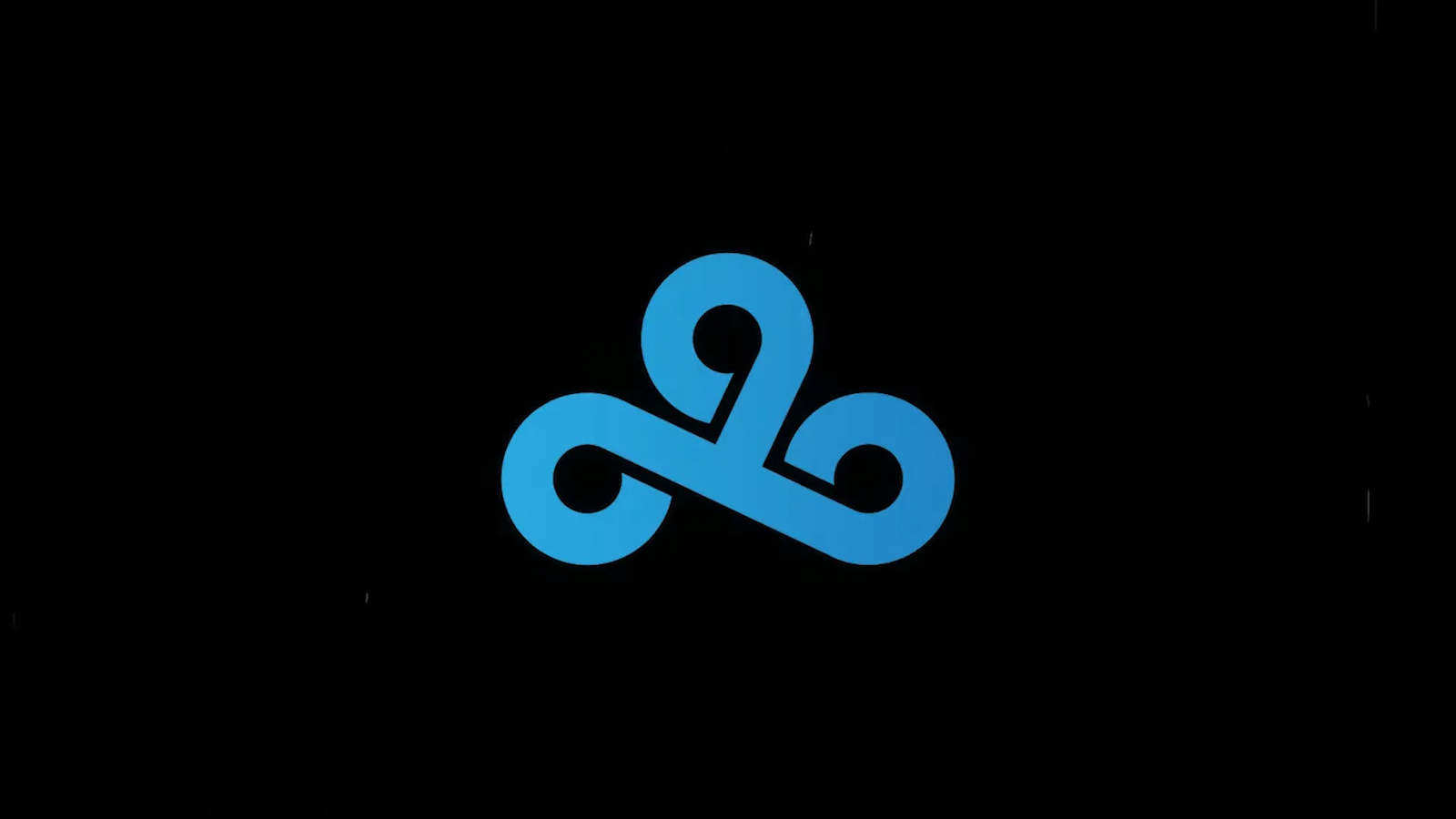

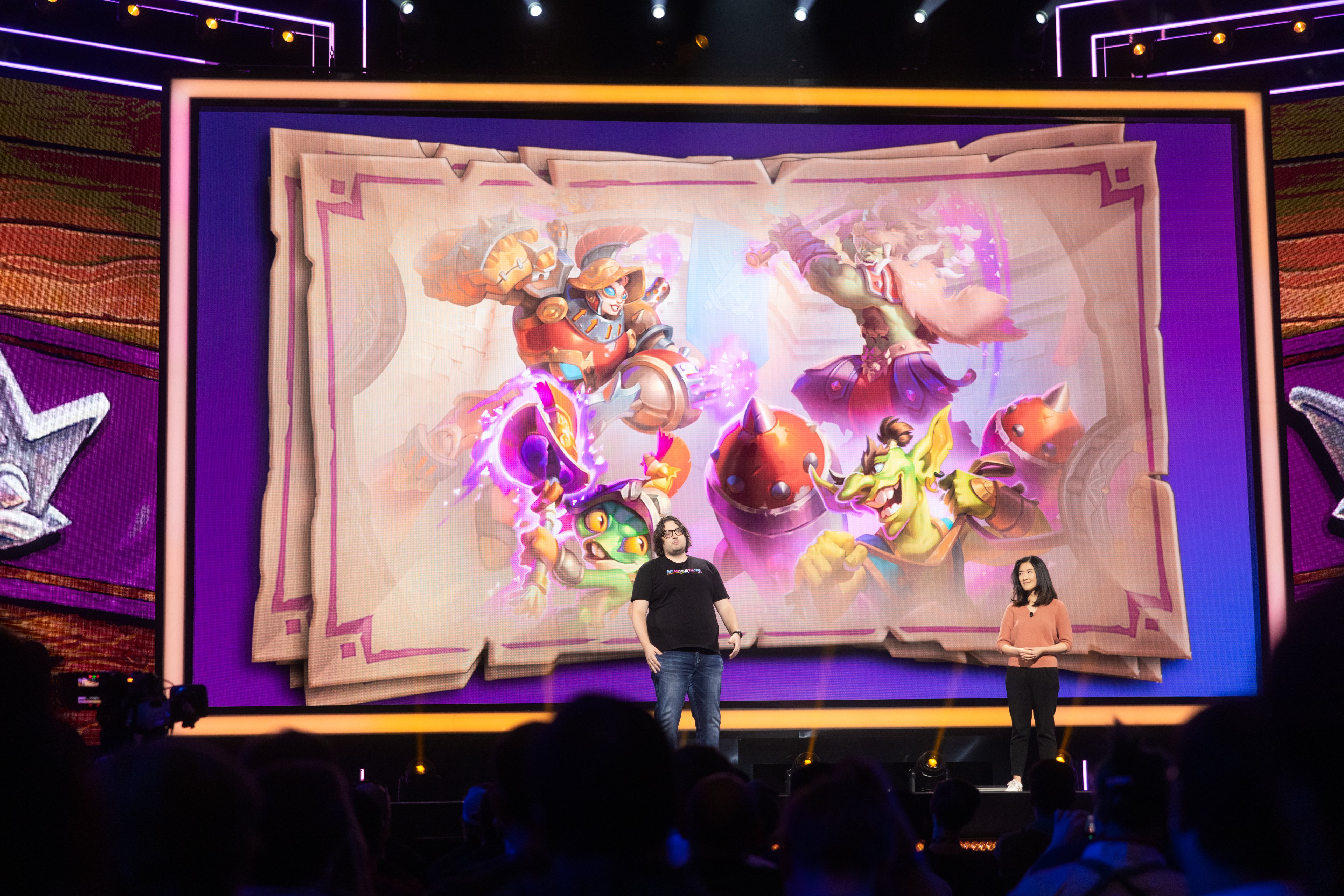
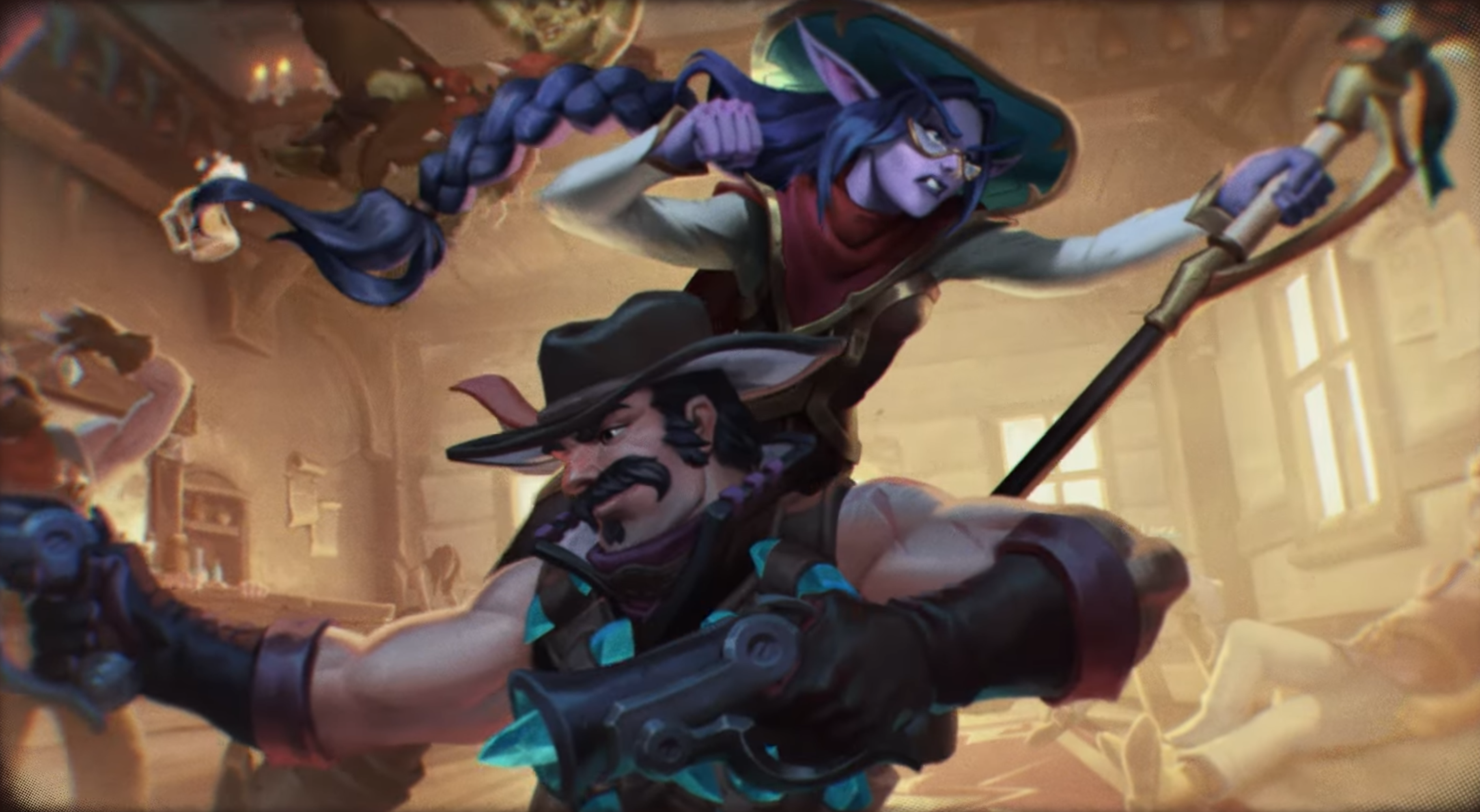
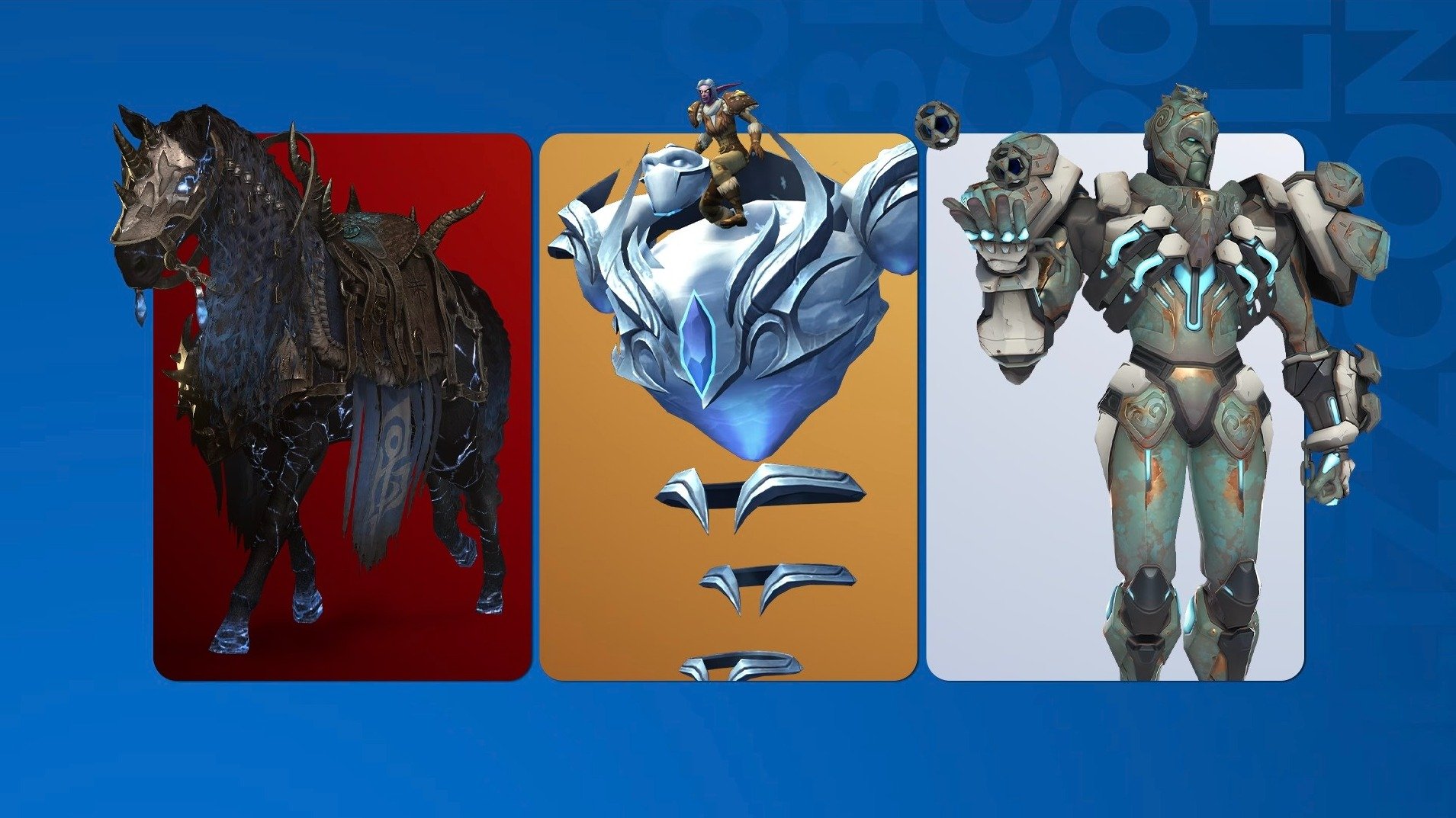
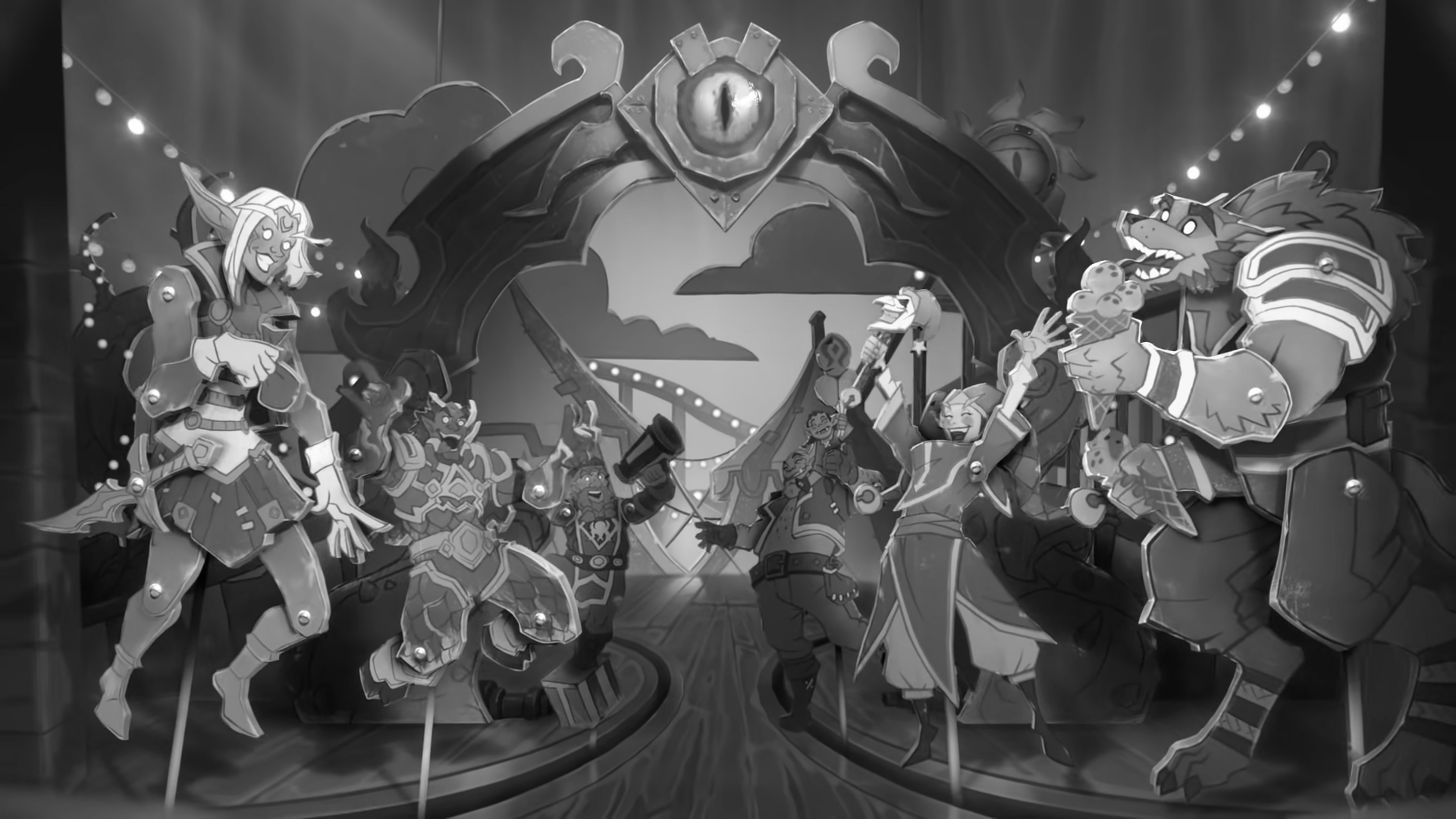
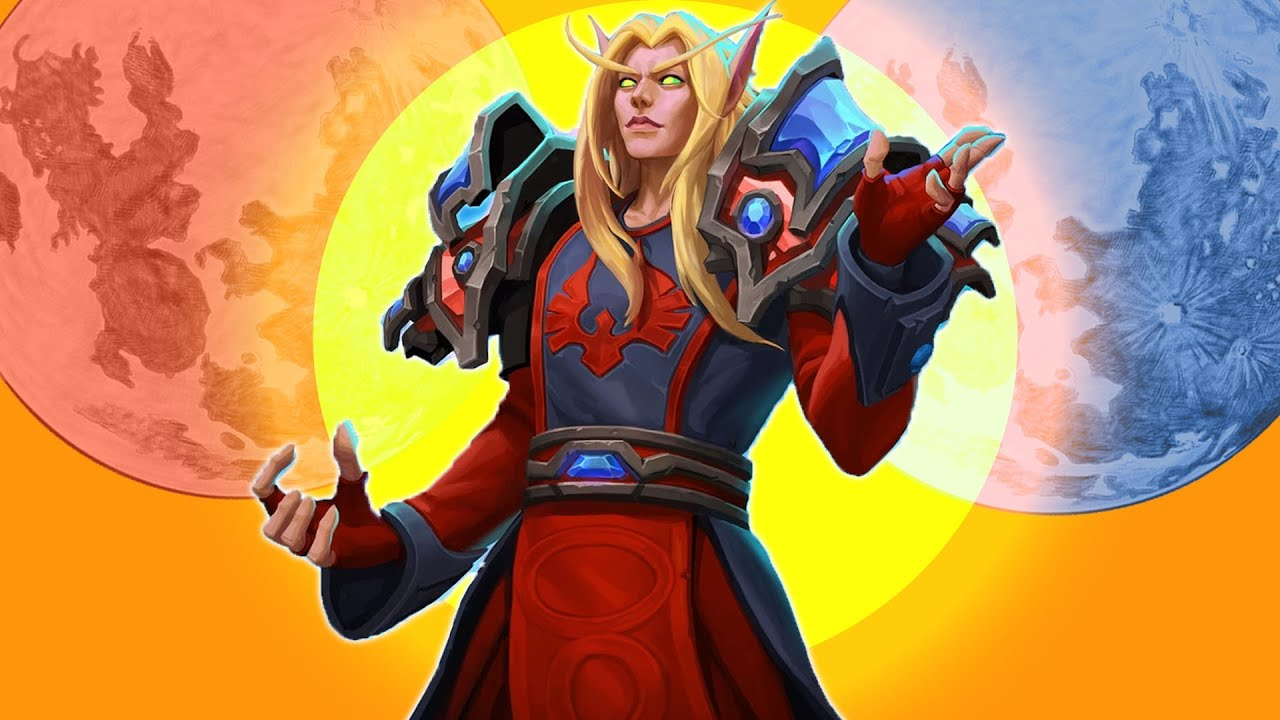
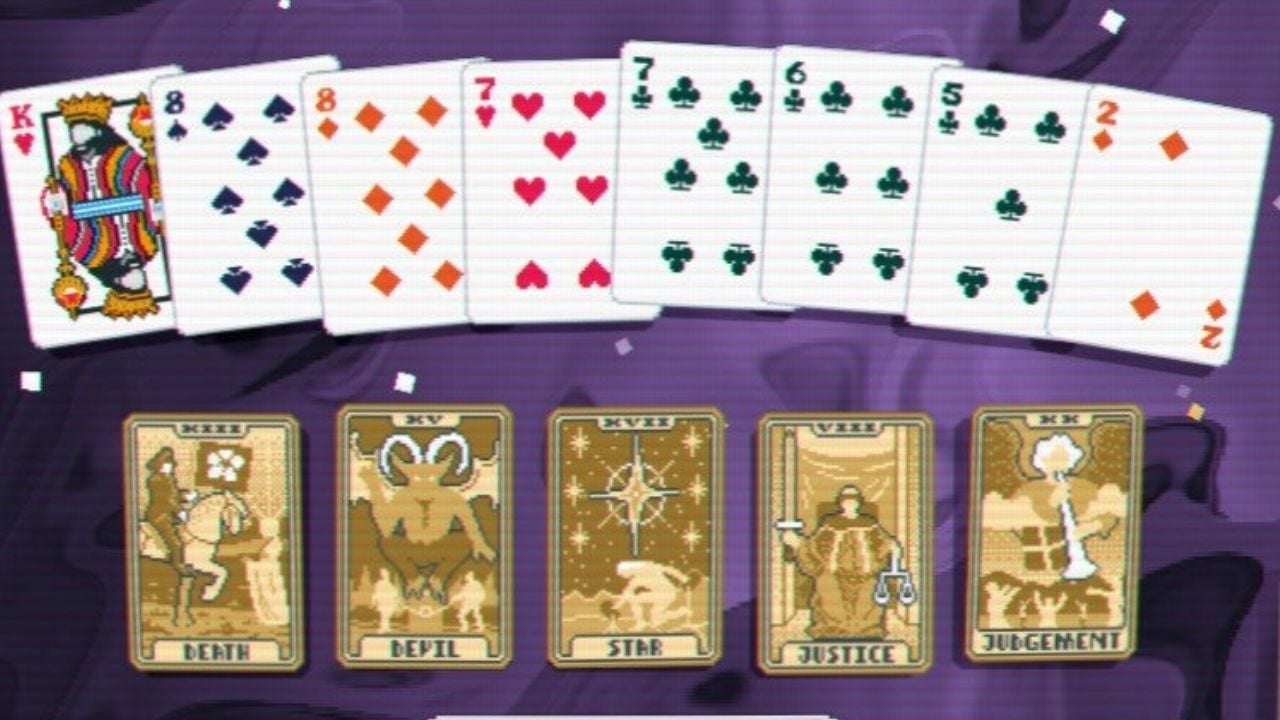
Published: Jun 2, 2016 08:02 am